Sensationalism, stereotypes in domestic violence reporting
Friday, 28.08.2015.
11:59

Sensationalism, stereotypes in domestic violence reporting
The escalation of violence towards women comparing to the last year, is a plea for reaction and a change. But the way that Serbian media report on gender based violence is predominantly sensationalist, reflecting wide use of gender stereotypes.In addition, there is a tendency to neglect the media ethical codex by exposing names and other explicit details from people’s private lives, mostly irrelevant to the story. Some Serbian media outlets label victims as ‘prostitutes’ or ‘lovers’. They also try to relativize crimes and side with abusers through victim-blaming. Victims are presented to have provoked the crimes committed against them, thereby deserving to be abused. Most of the media coverage also perpetuates the dominant stereotype of women’s subordinate position. On the other hand, attributes such as ‘rapist’, ‘monster’ and ‘killer’ are often used before attackers are proven to be guilty at the court.
By treating violent acts against women as individual events and looking for the causes in their private lives and relationships (jealousy, infidelity, alcoholism) rather than treating domestic violence as a social problem, Serbian media miss the opportunity to sparkle a debate and focus on the core of the problem.
Analysis of the 2012 press coverage shows that only 3,1 per cent of articles about gender based violence were published on front pages. More than 33 per cent of articles were recognised as negative, discriminatory and were using stereotypical explanations for violence against women. The remaining 66% were described as neutral with no examples of good practice.
Snjezana Milivojevic, professor at the University of Belgrade, thinks that sensationalist reporting on cases of gender based violence is just a manifestation of the overall subordinate position of women in Serbian society and lack of professionalism in most of Serbian newsrooms.
In an interview with the Media Diversity Institute, Milivojevic said that patriarchal domestic relations and disrespectful attitudes towards women are reflected in the media and their coverage. ‘Women are very often excluded from serious topics and debates. They are not considered to be a source of information, even in women’s related topics. Experts that media are talking to are very often men,’ said Milivojevic.
A 2010 survey conducted by the Serbian daily newspaper Danas, showed that men are four times more present in the media as interviewees and contributors than women. Men appear three times more than women on pictures in newspapers. Men are also dominant on the pages debating politics and social issues, while women, according to this survey, are most visible on the show business pages.
Stereotypes of women’s role, behaviour and appearance are present in the media and thus women are kept in the private sphere, the household, family life and beauty. ‘This patriarchal pattern of control and manifestation of power over women is perpetuated and even promoted in the media,’ claimed professor Milivojevic.
A report published by the Commissioner for Protection of Equality reveals that there are still some prejudices prevailing in regards to women’s role in Serbian society, held both by men and women. A quarter of Serbian citizens believe that a woman’s best virtue is to be a good housewife and that a man should be the head of the family. While presenting the report, now former Commissioner Nevena Petrusic said that institutions should be more engaged in improving the position of women in Serbian society, and that the education and the media can play the key role.
Serbian tabloid Blic recently started a nation-wide campaign for better protection of women (#ZastitimoZene). Initiators of the campaign defined their goals as informing citizens, braking taboos, encouraging victims to report violent behaviour. Also, this Serbian tabloid wants to serve as a link between the key pillars – police, prosecutors and social services. Stories about women harassed by their partners are published daily as a call for other victims to step out, report violence and seek protection. But at the same time, tabloid Blic owned by Swiss company Ringier AG, has the Serbian ‘Page 3’, with nude women imbedded into the politics pages with mocking comments.
Milivojevic considers Blic’s initiative to be an ‘alibi action’, used by a newspaper that does not hesitate to publish sexist slurs and promote the idea of the inferiority of women, pretending to ‘save’ women, as a line is crossed.
What should be changed?
‘Reporting needs to be more responsible, reflecting on the work of the civil sector and shed light onto the responsibility of the state’, says Gordan Paunovic, manager of Fond B92 Safe House project.According to the Freedom House Press Freedom Report 2015, Serbia ranked 40, which is a considerable fall, compared to last year’s position at 36. This watchdog organisation defines Serbian media only as partly free. The issue of media freedoms was particularly popular at the beginning of the year, when many voiced criticism.
Paunovic also highlighted that if there wasn’t for violent series we would never know how late Serbia is in implementing the Istanbul convention of Council of Europe on preventing and combating violence against women and domestic violence, which he remarked as one of the main contributions to the current catastrophe.
There was a period, he reminded, when this topic was reported in a more responsible manner which was a consequence of first public campaigns as well as education of journalists, but this positive practices have lost the battle with seek for profit.
Both Paunovic and Milivojevic claimed that media reports increasingly contain violence. They noted that this is partly due to a rise in violence in society, but they also believe that media outlets use violence as an instrument to increase the number of readers.
Milivojevic stressed that media must report responsibly about domestic violence and that it is not something that should be sensationalised. In the long run, media must stop spreading prejudices about women, restrain from intolerance and continue addressing violence against women as an issue. Another important role of media, she highlights, is continuous pressure on institutions to protect citizens from violence. Media should help create an environment in which violence is not tolerated.
This article originally appeared at Media Diversity Institute website


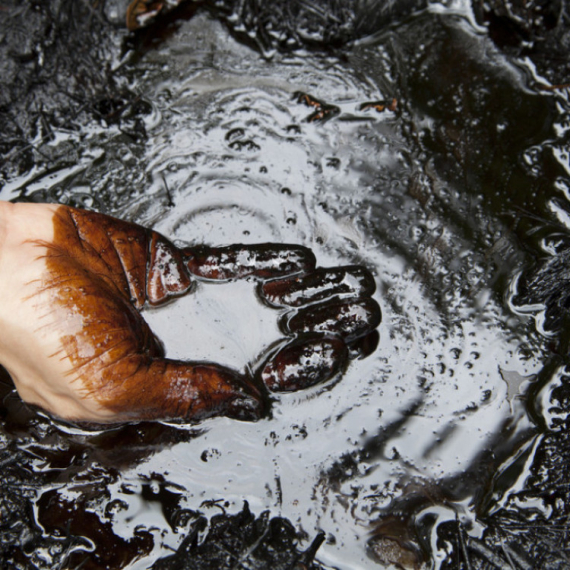
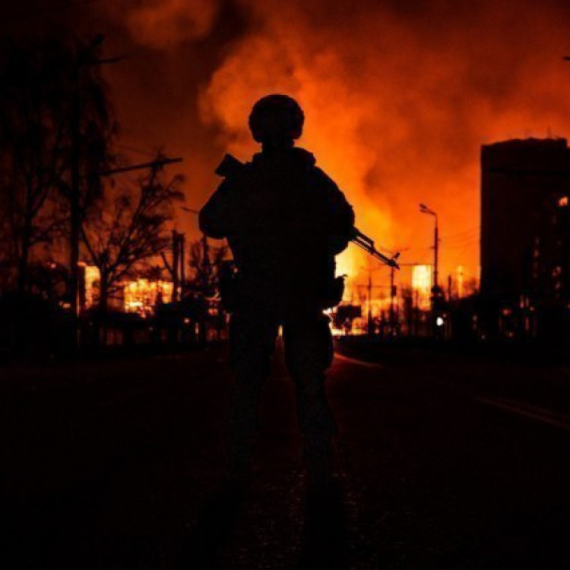
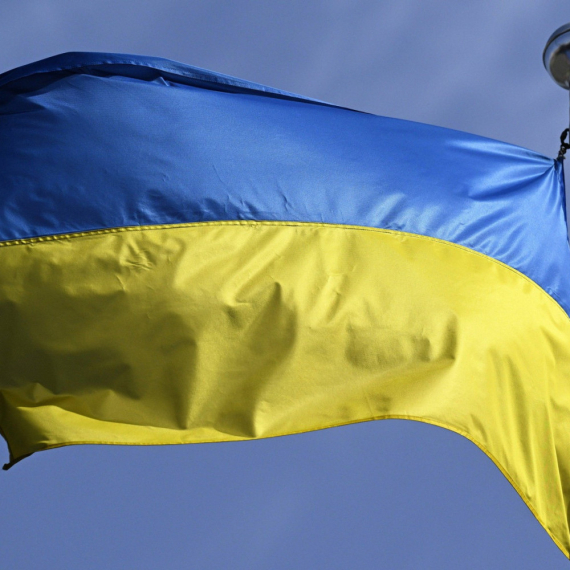
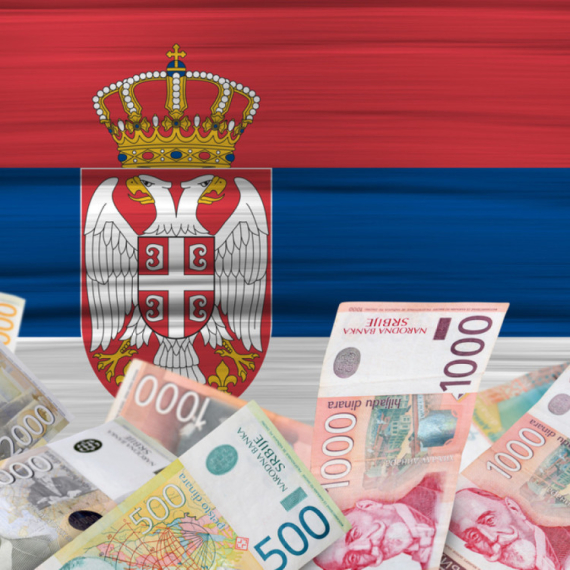




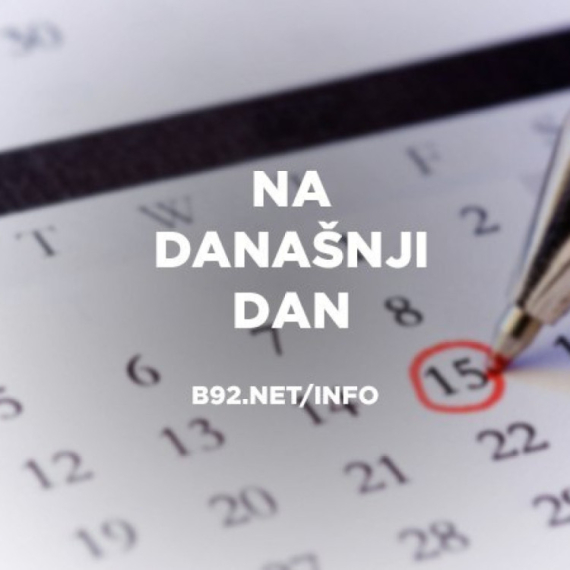
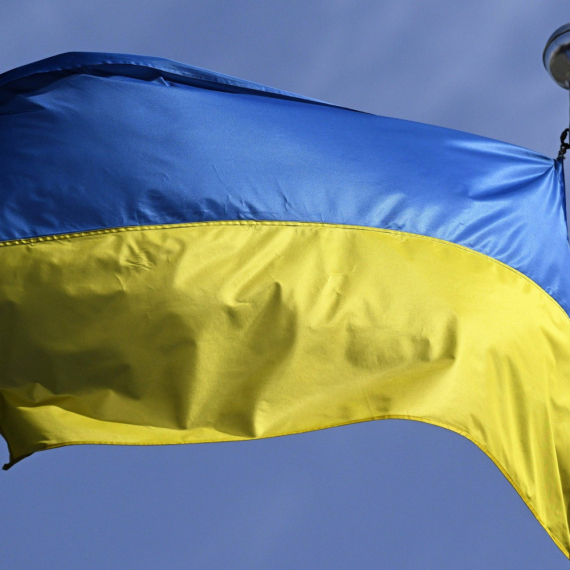

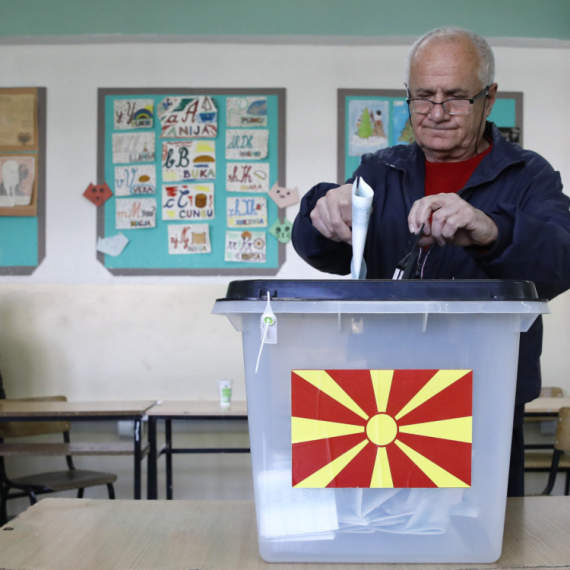
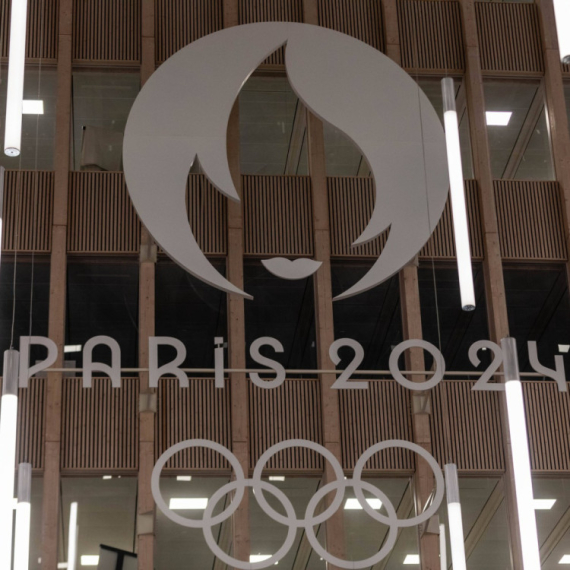



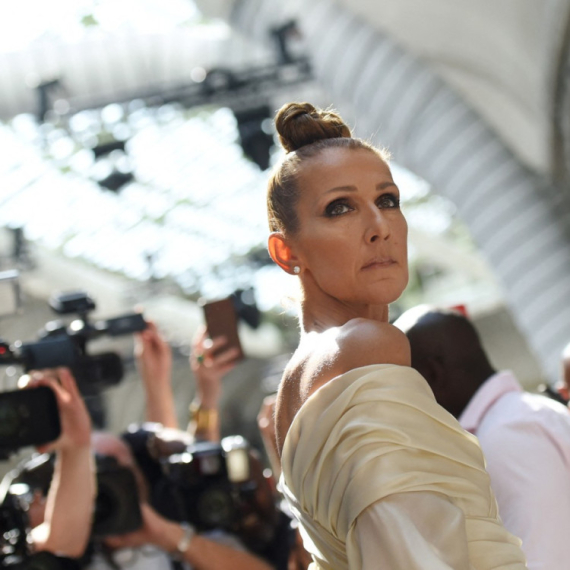


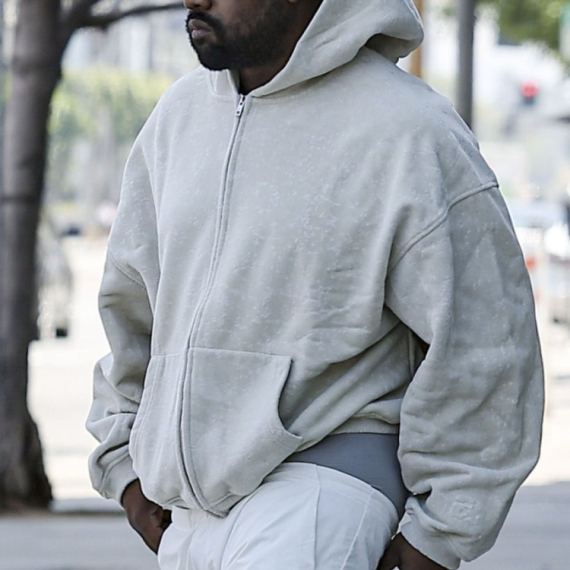



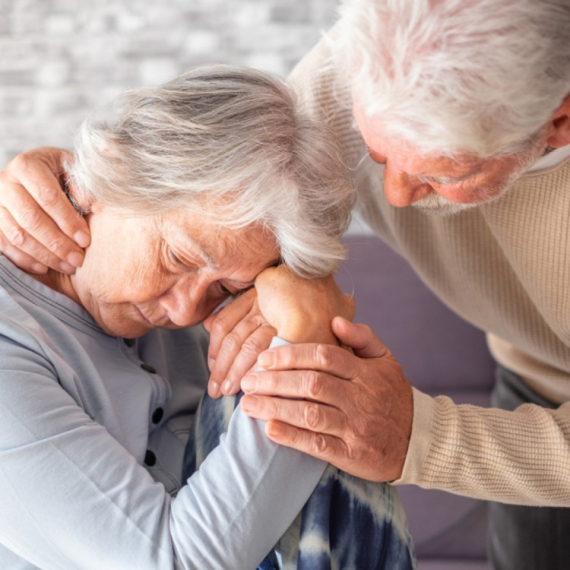
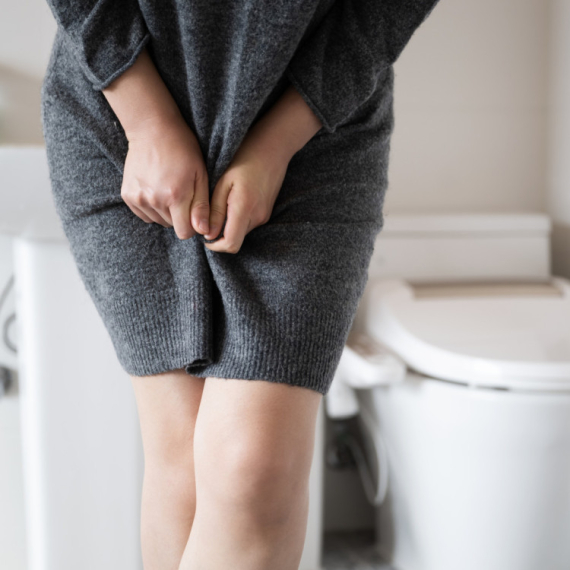


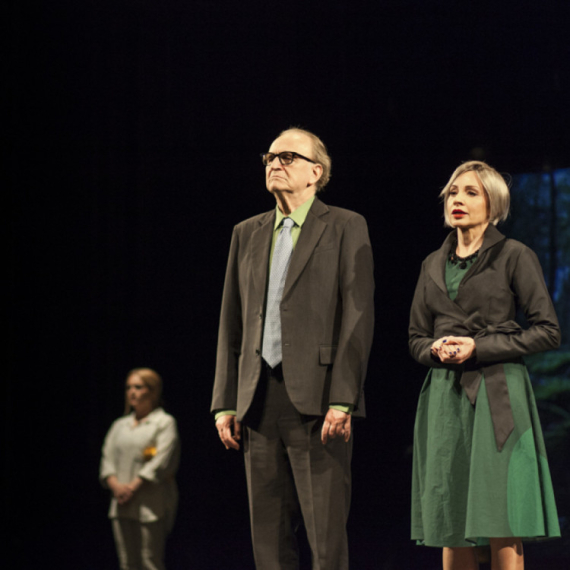

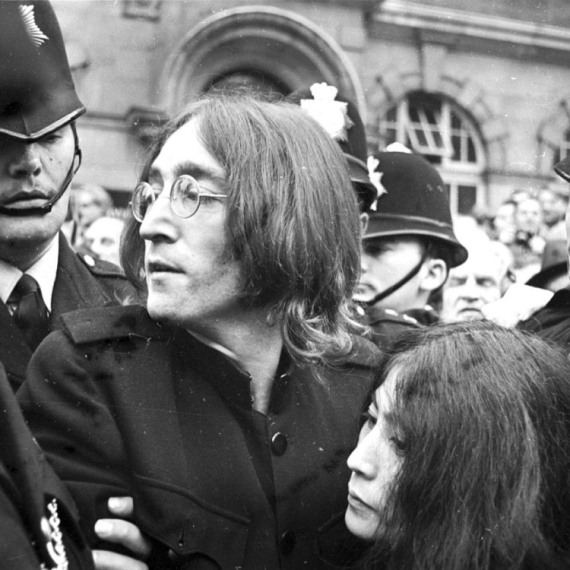






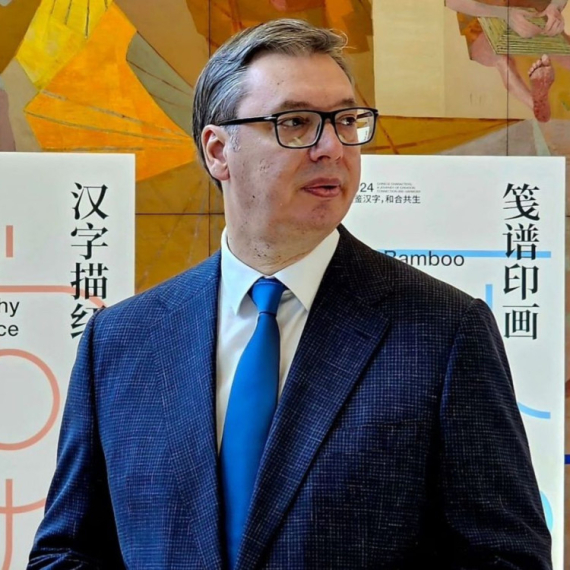
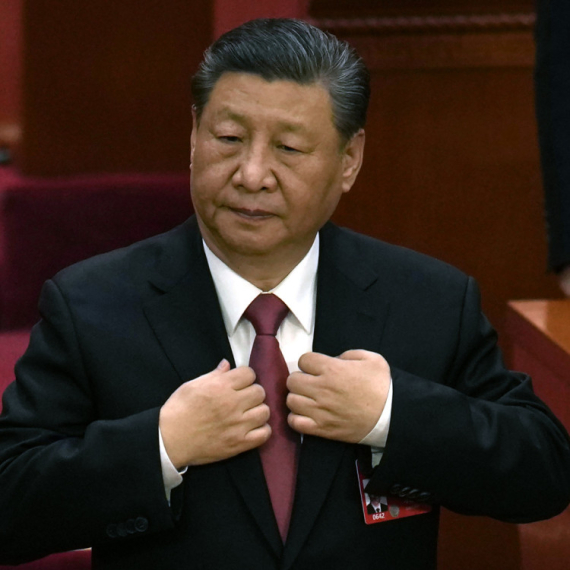
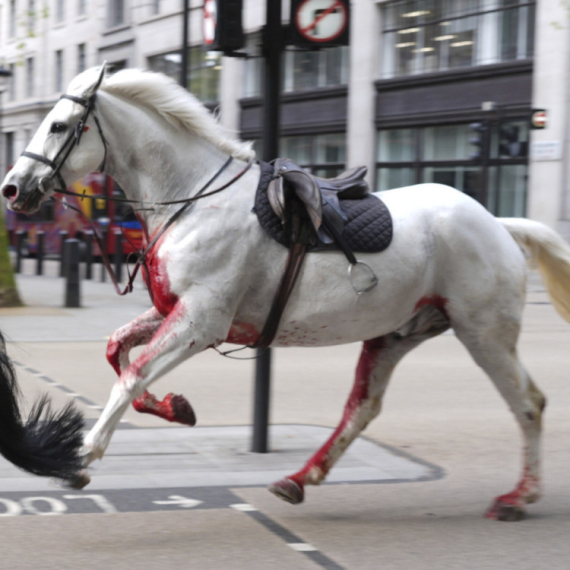

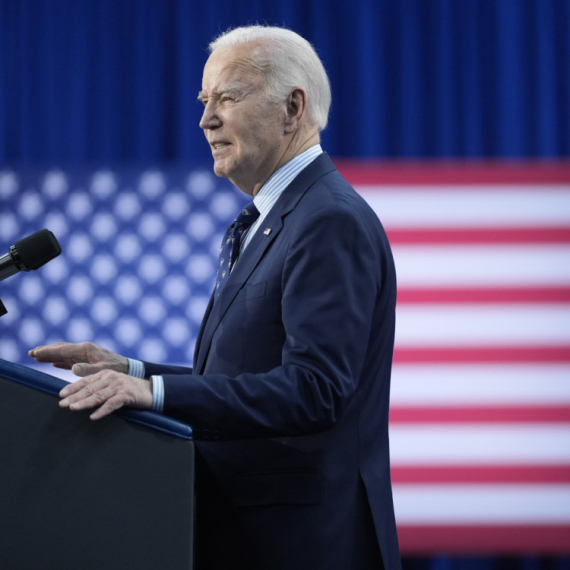

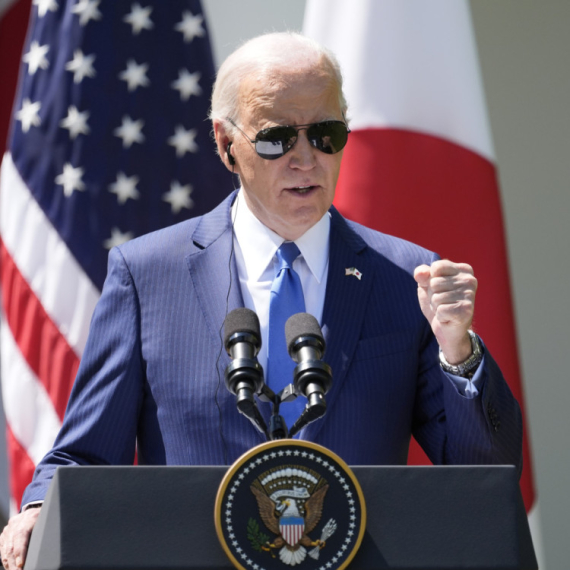








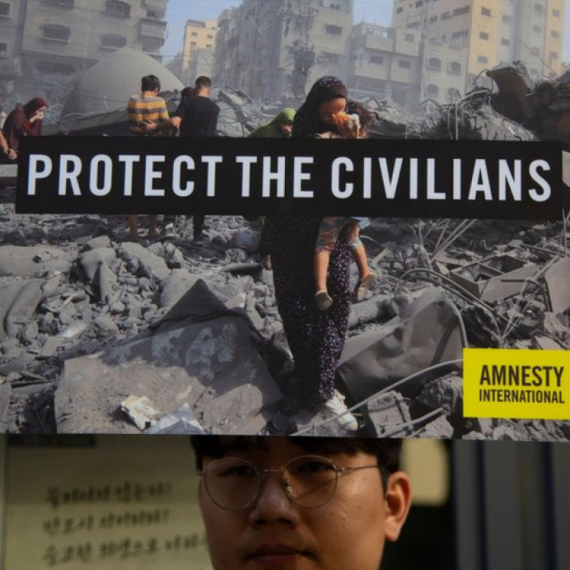

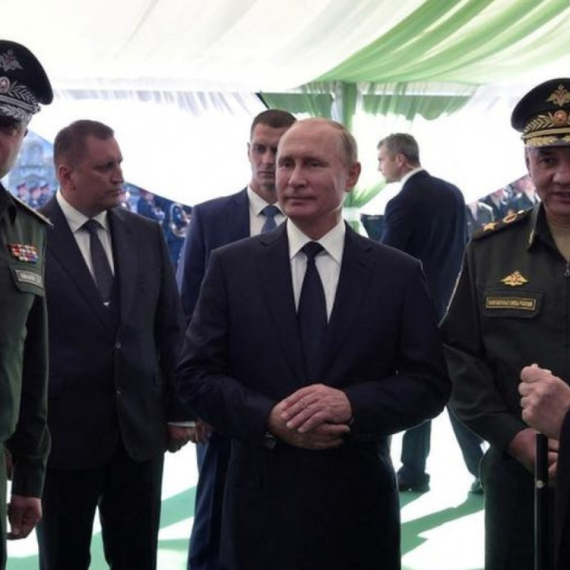

Komentari 1
Pogledaj komentare